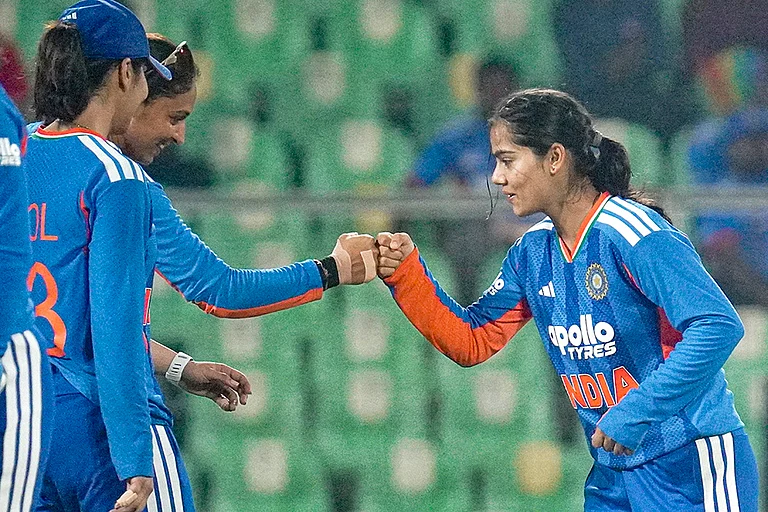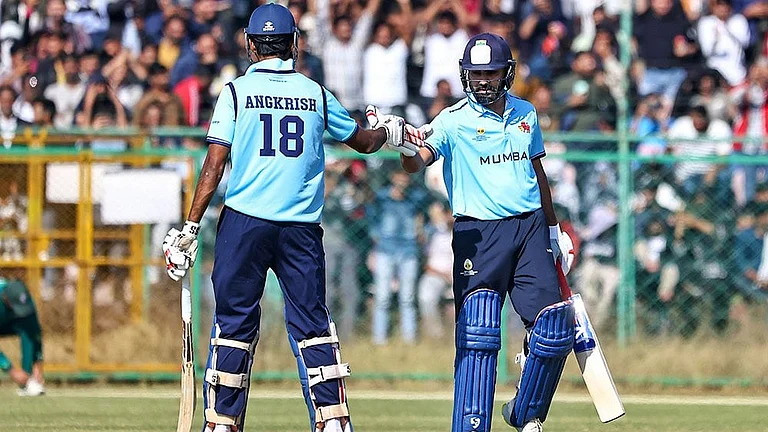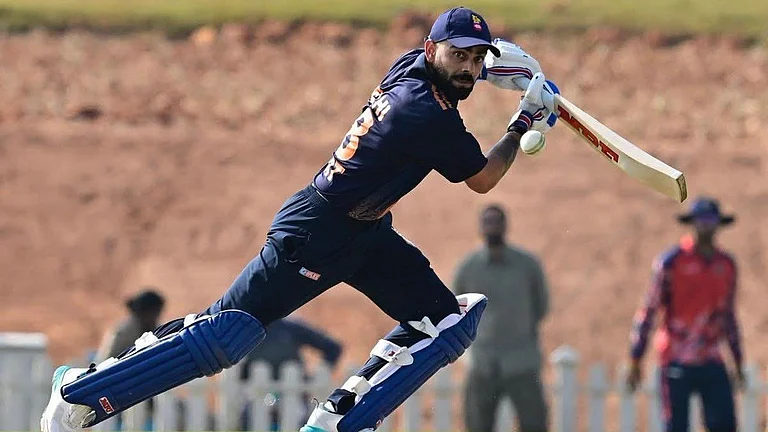Tell us about the art form dastangoi.
The oral art of storytelling was part of Indian culture until the demise of the last traditional proponent. The dastan narratives inspired me to redesign and conceive the form once again.
Has it been well received in India?
This year we celebrate 10 years of dastangoi’s reinvention. It’s successful—be it number of shows, performers, audiences, cities we have performed in and number of stories performed.
What are the tales that you tell now?
We perform 25 stories—ranging from tales from Tilism-e-Hoshruba; Mantoiyat, on the life and times of Manto; Dastan-e-Sedition on the arrest of Binayak Sen; Dastan Jai Ram Ji ki, based on 300 Ramayanas; Alice, based on Lewis Caroll and on contemporary themes.
Why the adaptation from English literature?
On envisioning dastangoi for children, it was the first text that came to my mind.
How does adaptation to an oral form change a story?
Orality is in Indian culture. An adaptation makes a story like Alice local, more accessible.
Which are your favourite stories?
Alif Laila, Mahabharat and pages from Dastan-e-Amir Hamza are yet to be staged.
What are the qualities that a teller of a dastan need?
Discipline, ability to listen, and love for the culture, history and language.
What is next for the art form?
More tellers, more stories, newer audiences and reaching out to masses (a new publication and audio CD).
You are also a writer and director. How are those skills inculcated in dastangoi?
My engagement with literature has enabled me to tell new stories. As a director, it was up to me to conceive how the form would find its space.
You’re known for films like Peepli (Live). How are films and dastangoi alike?
Both work on narratives.


























